Beverly Hills
Eyelid and Forehead Facial Rejuvenation Surgery
Dr. Applebaum
Beverly Hills
Eyelid and Forehead Facial Rejuvenation Surgery
Dr. Applebaum
Dr. Applebaum's Before and after Eyelid and Forehead Facial Rejuvenation Surgery
Dr. Applebaum’s philosophy is to rejuvenate the upper and lower eyelids with a natural look using advanced techniques to also maintain the natural shape of the eyes. Excessive baggy skin and prominent fat is addressed to establish a rested more youthful look to the eyes and forehead areas.
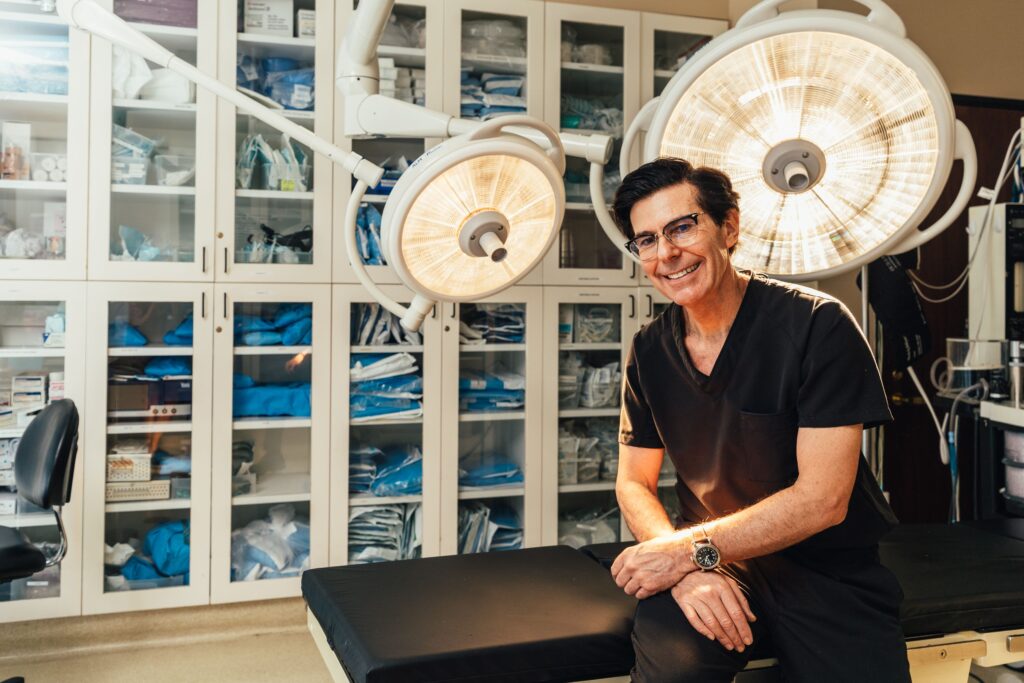
Why Dr. Applebaum?
My utmost concern is patient care, trust, and your satisfaction with good outcomes.
What Is Upper Eyelid Surgery?
Upper eyelid surgery, also known as blepharoplasty, is a surgical procedure that reduces signs of aging by removing excess skin from the eyelids.
While you might not realize it, the eyelids are one of the earliest parts of the face to show signs of aging. Over time, the skin of the eyelids can stretch, and the surrounding supporting muscles can become weaker.
When this happens, eyelids that once looked youthful and full can start to sag with excess skin and fat, contributing to the appearance of sagging eyes or droopy eyelids. Upper eyelid surgery removes the excess skin and fat to create a rejuvenated, more youthful appearance.
How Does Upper Eyelid Surgery Improve Your Appearance?
The upper eyelids are one of the first places on the face that show aging, as excess skin creates heaviness that gives an appearance of being tired, worried, or angry. Dr. Applebaum can correct this common issue with upper eyelid rejuvenation surgery, in which a small, easily hidden incision is placed in the eyelid’s crease.
Through this incision, Dr. Applebaum can remove excess skin and fat while giving the eyelid a naturally lifted, rested, and rejuvenated appearance. Because sagging upper eyelids can also contribute to visible signs of aging and wrinkles around other areas of the eyes, many patients who receive upper eyelid rejuvenation surgery also request treatment for crow’s feet and other fine lines and wrinkles around the eyes.
Dr. Applebaum uses laser skin resurfacing to reduce the appearance of fine lines and wrinkles. Patients with considerable amounts of excess skin or wrinkling may also benefit from a forehead lift in combination with upper eyelid rejuvenation surgery, as the two procedures provide exceptional results when combined.
What Are the Benefits of Upper Eyelid Surgery?
Many people are interested in cosmetic surgery for the upper eyelids because they want a more youthful appearance with eye lift plastic surgery.
While a tightened eye area is one of the most well-known benefits of cosmetic eyelid surgery, eyelid lift surgery also has other benefits.
Due to this obstruction, people with severely sagging skin on the upper lids can experience a reduction in their field of vision, particularly peripheral vision.
Upper eyelid surgery can reduce or eliminate these problems with vision. Getting rid of drooping eyelids can also help improve a more alert or awake appearance.
What Risks Are Associated With Upper Eyelid Surgery?
Upper eyelid reconstructive surgery is widely considered a safe and minimally invasive procedure. Complications from the surgery are rare but may occur if a patient has an adverse reaction to general anesthesia.
Other potential risks of upper eyelid surgery include:
- Bleeding or infection
- Difficulty in closing the eyes due to swelling
- Injuries to eye muscles
- Temporarily blurred vision
- Loss of eyesight
- Skin discoloration
- Noticeable scarring
- Dryness or irritation
- Revision surgery
Reputable plastic surgeons like Dr. Applebaum take every precaution to ensure your procedure is safe, effective, and successful. Your in-office consultation is the perfect time to talk with facial plastic surgeon Dr. Applebaum about the risks associated with cosmetic surgery.
What Is Lower Eyelid Surgery?
Lower eyelid surgery is also referred to as blepharoplasty, like upper eyelid surgery. Like the upper eyelids, the lower lids can start to bulge and sag with age due to weakening muscles around the eyes and stretched and tired skin.
While the upper eyelids typically take on a sagging, droopy appearance due to excess skin, the lower eyelids become weighed down with excess fat and start to bulge, creating pronounced bags under the eyes.
These under-eye bags can contribute to a tired, weary appearance that won’t go away no matter how much sleep you get the night before, leaving many frustrated. Lower eyelid surgery removes the excess fat from the lower eyelids to create natural-looking results.
How Does Lower Eyelid Surgery Improve Your Appearance?
You may benefit from lower eyelid surgery if you wake up each morning with bags under your eyes, no matter how much you’ve slept the night before. The “bags” so many people have under their eyes are actually bulging pockets of fat that can be easily removed by a skilled Beverly Hills plastic surgeon like Dr. Applebaum.
Dr. Applebaum performs lower eyelid surgery by making small incisions behind the lower eyelids to remove the pockets of fat, leaving no visible scars on the skin. The lower eyelid can also be recontoured using the Dot laser, which tightens and firms the lower eyelid skin while removing sun damage.
Patients with sun damage often request that Dr. Applebaum perform Dot laser treatment on their entire face to provide a refreshed, youthful appearance and remove sun damage and other changes to the skin caused by aging.
What Are the Benefits of Lower Eyelid Surgery?
While upper eyelid surgery can correct vision problems that result from sagging and droopy upper eyelids, lower eyelid surgery is performed solely for cosmetic reasons.
Lower eyelid surgery and upper eyelid surgery can be particularly beneficial for people working in fields where aesthetics and a youthful appearance are important. Blepharoplasty surgery creates a refreshed, youthful appearance by removing “bags” of excess fat and skin from beneath the eyes.
What Risks Are Associated With Lower Eyelid Surgery?
Lower blepharoplasty surgery is considered a safe and minimally invasive procedure, like upper eyelid surgery. Patients are unlikely to experience complications from the surgery, but some may react adversely to general or local anesthesia. Other potential risks of lower eyelid surgery include:
- Bleeding or infection
- Loss of eyesight
- Skin discoloration
- Revision surgery
- Difficulty in closing the eyes
- Noticeable scarring
- Injuries to eye muscles
- Temporarily blurred vision
- Dryness or irritation
To help reduce your risks of adverse side effects, Dr. Applebaum will schedule an in-office consultation to discuss the best way to go about your lower eyelid surgery.
What Is Forehead Rejuvenation Surgery?
Forehead rejuvenation surgery, also referred to as a forehead lift or brow lift, is a cosmetic procedure that is used to lift brows and create a more youthful appearance around the eyes and forehead.
As people age, their eyebrows typically start to sage and move down their faces due to skin and soft tissues stretching with age. Sagging eyebrows can cause you to look tired, sad, or angry, even when you’re rested and happy.
There are five different types of forehead rejuvenation surgeries or brow lifts. These surgeries include:
- Endoscopic brow lift
- Temporal brow lift
- Direct brow lift
- Coronal brow lift
- Hairline brow lift
During your consultation, Dr. Applebaum will discuss the various surgical options best suited to meet your needs and goals.
Dr. Applebaum performs forehead rejuvenation surgery in Beverly Hills using laser skin resurfacing, surgery, or a combination of both, depending on the patient’s individual needs and goals. Patients with mild to moderate wrinkles and sun damage often benefit from treatment with the Dot CO2 laser, which can be used to reduce sun-damaged skin and soften the appearance of lines in the forehead.
People with deeper frown lines may benefit more from an endoscopic or coronal brow procedure that trims and weakens the frown muscles between the eyebrows, offering a more permanent solution than Botox. To lift the brows, Dr. Applebaum uses a personal technique using either facial endoscopy or a pre-hairline lift that gives the brows a youthful arch and a long-lasting, natural result.
When should I consider a Eyelid and Forehead Facial Rejuvenation Surgery
If you hope to look and feel your best and turn the clock back on aging, facelifts are not your only option. Many people hesitate to undergo a facelift for fear of an unnatural appearance. Still, eyelid and forehead facial rejuvenation surgery can enhance your appearance in a natural, graceful way that brightens up your entire face with minimally invasive procedures.
The eyes are one of the first areas of the face to show signs of age, and excess skin, bags, and wrinkles can give your face a tired or sad appearance as early as your 40s or 50s. The forehead and brows often play a role, with heavy, droopy brows placing additional weight on the eyes.
Dr. Applebaum has been performing facial rejuvenation procedures for nearly 30 years and takes an individualized approach to each patient when determining a treatment plan during consultation. In many cases, people benefit from both eyelid and forehead rejuvenation, but some patients require only one procedure or the other.
Regardless of the treatment option best suited to your anatomy and aesthetic goals, Dr. Applebaum prides himself on delivering the most natural results that help you look like the best version of yourself.
Reviews
Testimonial
Dr. Applebaum took away the deep furrow between my eyebrows that over time made me look older and always worried. The brow surgery took away the deep furrow and my eyelids look younger and more rested. I couldn’t be more thrilled with my results.
N.C.
Reviews
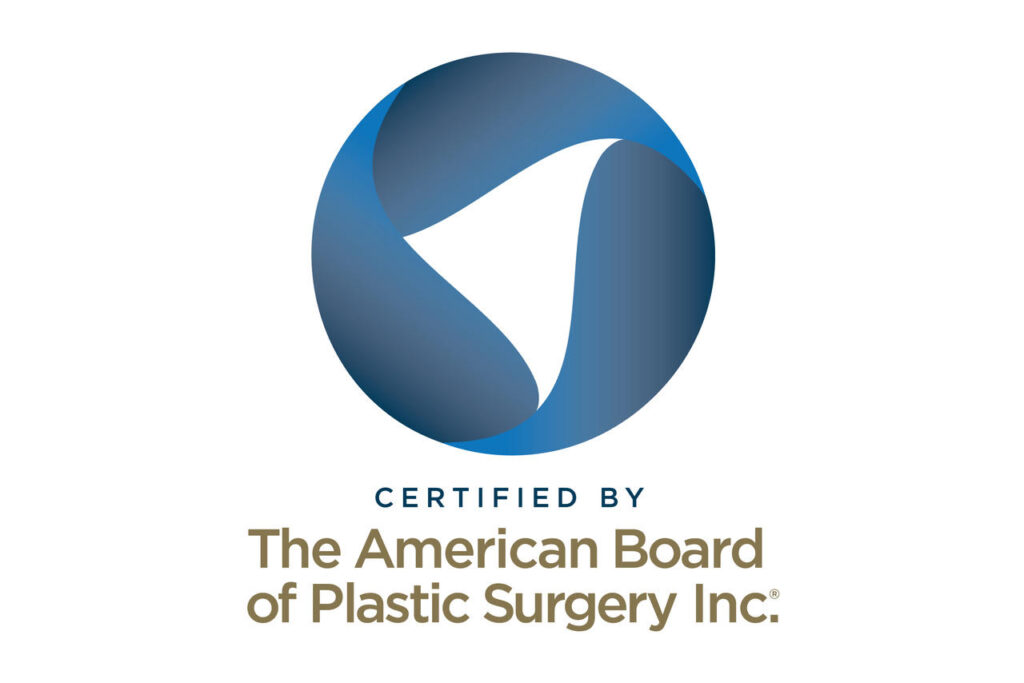
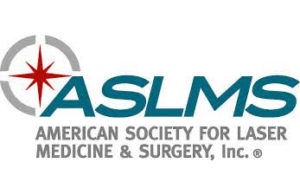
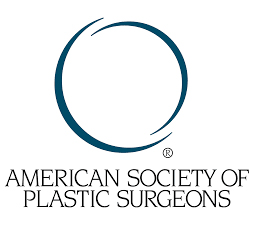
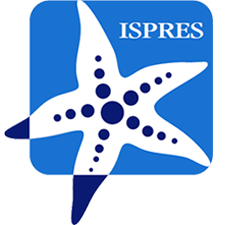
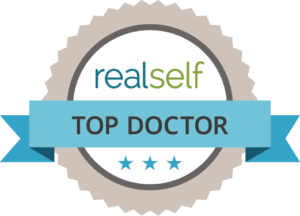

Eyelid and Forehead Facial Rejuvenation Surgery FAQ
Every patient is different, and there is no correct answer to when the right time is to consider eyelid and forehead facial rejuvenation surgery. No person is too old or too young to have facial rejuvenation surgery, but the results a patient can expect and the type of surgery that will be needed in order to achieve the best results does change as patients age.
Dr. Applebaum recommends that patients consider these procedures during the early stages of aging, as the results are less noticeable and can be enjoyed for a longer period of time. Procedures performed during the early stages of aging may be less invasive and provide a more natural result, while undergoing eyelid and forehead facial rejuvenation surgery later in life will require more procedures in order to receive the desired result.
Rejuvenating procedures like upper eyelid, lower eyelid, and forehead rejuvenation surgery are more effective, offer better results, and heal more quickly when performed at a younger age. However, it’s never too late to refresh your appearance with eyelid and forehead facial rejuvenation surgery.
Some patients may have their upper eyelid procedure covered by their health insurance in certain circumstances, such as when a patient’s field of vision is diminished due to the heaviness and drooping of the eyelid. Dr. Applebaum will discuss this possibility with you during your consultation, and his office will submit any required paperwork for pre-qualification to your insurance company as needed.
Lower eyelid procedures and forehead rejuvenation surgeries are typically not covered by insurance.
The best way to ensure that your eyelid surgery result will look natural and not overdone is to trust Dr. Applebaum’s judgment about what will work best for your unique anatomy. Many patients want to remove all excess skin from their eyelids, but this tends to create an overdone look.
Further, many patients want to avoid clear evidence of having “work done” to their appearance, which is best achieved by a less invasive procedure that works with the patient’s natural anatomy and appearance.
Upper and lower eyelid surgeries have relatively short recoveries that allow you to get back to your life quickly. When done alone, upper and lower eyelid surgery requires a week or so of recovery before patients can return to work and daily activities.
If upper and lower eyelid procedures are combined, most patients need at least one full week of recovery before being considered “photo ready.” Minor swelling will continue for three to four months, but it usually is noticeable only to the patient and Dr. Applebaum. After this time, you’ll experience the beautiful final result.
The initial healing phase for forehead rejuvenation surgery is typically 10 to 14 days. After this time, any sutures or clips are removed, and the patient can return to work and normal activity.
Some patients may experience bruising that can be camouflaged with makeup. Some minor swelling will likely remain for up to several months, but the incisions will continue to fade with time.
However, the benefits of the surgery will be evident, and the patient will be presentable to the public after 10 to 14 days of initial healing. Follow Dr. Applebaum’s instructions to ensure your recovery is as smooth as possible to obtain the best results.
Liposuction cannot be used to remove lower eyelid fat bags due to the precision required to successfully perform this delicate procedure. A very precise lower eyelid blepharoplasty can remove the bags with high success.
Dr. Applebaum places the incisions for endoscopic brow surgery one to two inches behind the hairline and above the ear in the temporal region. The incisions are made at an angle and leave a small scar that is usually not noticeable and will not impact how you wear your hair. Surgery for the treatment of frown lines requires the placement of incisions in the scalp behind the hairline and also does not impact hair styling. Once healed, you won’t be able to notice these tiny scars, and neither will anyone else.
